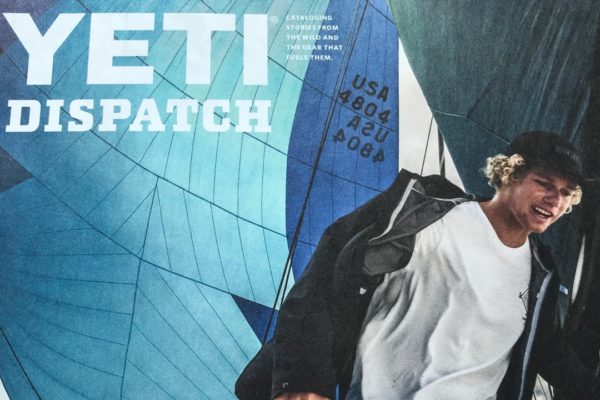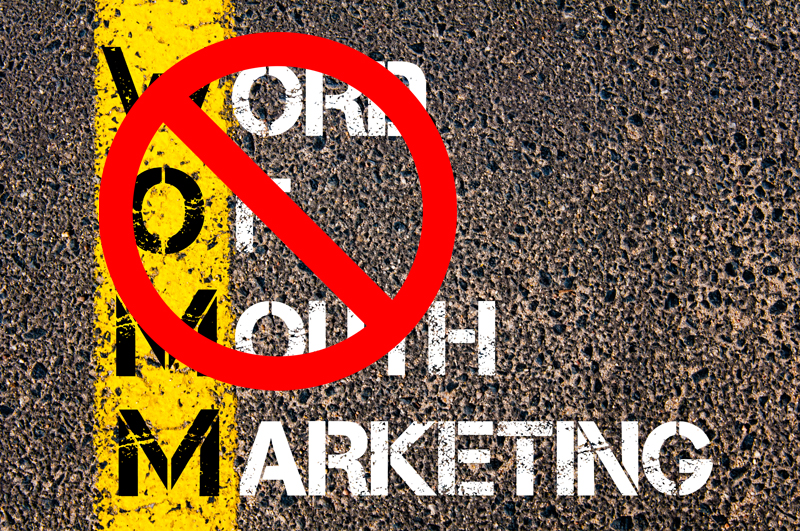Yeti shows the way.
Every once in a while, I come across some marketing masterpiece that makes me sit up and say, “THIS is how it’s done.” Once such instance was when Yeti’s direct-mail catalog, Yeti Dispatch, found its way to my mailbox. It came out of the blue. I hadn’t yet bought a Yeti product. Somehow, they’d figured out that I was a likely prospect. They were right, but this isn’t about targeting. Once they found me, what drew me in and kept me coming back for more was their content. It resonated with me and spoke to me in ways that few “commercial” communications ever have.
Yeti Dispatch is 74 pages of total amazingness. There’s so much going on that I can’t describe it all here. I’d hoped to be able to include some pictures, but they respectfully declined my request for permission so a link and some words will have to do. That said, if you contact them, they’ll send you a copy, and their gorgeous website contains lots of great (but different) content in a similar vein.
So, what’s so special?
At the end of the day, Yeti Dispatch is a product catalog. But get this: only 25 pages (one third of the publication) are devoted to selling product. You know — price and item, features and benefits — the usual stuff that most people still think marketing is about. The rest of it is pure lifestyle, built around the kinds of experiences Yeti customers crave. Rugged outdoor activities — camping, fishing, sailing, hunting, kayaking — presented in a variety of ways that make the reader want to do more, do it better, or simply enjoy it more, with Yeti products along for the ride.
Great stories
There are lots of stories. Compelling stories about real adventures, featuring Yeti’s “brand ambassadors” — real people with legitimate credibility in their respective fields of activity. Well written, artfully photographed stories that put the reader in the midst of the experience. Within the photos that accompany the stories, you have to look hard to find the Yeti products. They’re there, but subtly, in the supporting roles they’d play in real life. You hear much in marketing these days about authenticity. The stories and the settings are authentic to the core.
It’s informative
When they do focus on their products, they don’t just tell you about them, they tell you how to use them. They sell coolers. Did you know there’s a right way and a wrong way to pack a cooler? I didn’t, but from now on when I’m packing my cooler, whether it’s a Yeti or not, I’m going to remember their instructions and think of their brand every time I do.
It’s real
Let’s talk about the product shots. Except for the actual “catalog” pages, all the product pictures show Yeti products in use in real-world situations. They’re dirty. They’re stuffed with gear. There’s a big guy sitting on one of them. None of the people look like models. There are kids and dogs, and big fish. It’s that authenticity thing again.
The takeaway
Here’s why I’m sharing all this. Small business owners are realizing that traditional marketing (advertising, sales promotion) is becoming less effective all the time. The customer is fully in charge of the buying journey, and if they’re going to invite your brand along for the ride, it will be because they want to.
Great content can help with this. I realize that few small businesses are in position to produce something as spectacular as Yeti Dispatch, but much of what they’re doing can be done on a smaller scale. It could be in the form of your blog, or your email, or on your website. The key is to realize that people are weary of being sold to. They’ve seen it all, there’s too much information at their fingertips, and there are too many choices for them to be swayed by some random sales pitch or offer. To even get their attention, let alone capture their business, you have to show the value that your business offers up front. Not in dollar terms, but in terms of how you can help them. Help solve a problem, help enhance an experience, help make their life better.
Content that does this can help you build your brand, which can be all that differentiates your business if you’re in a saturated, mature industry where innovation is difficult. It can make your brand memorable, more likely to be recommended by others, and more likely to be top-of-mind when someone is ready to buy. It can help create demand for your product or service and drive incremental revenue, but only if it comes from a very different mindset than simply trying to sell stuff.
We’d love to help you build your brand by engaging people in ways that will help them. Let’s talk. If that results in a business relationship, great! If not, we still will have helped.


